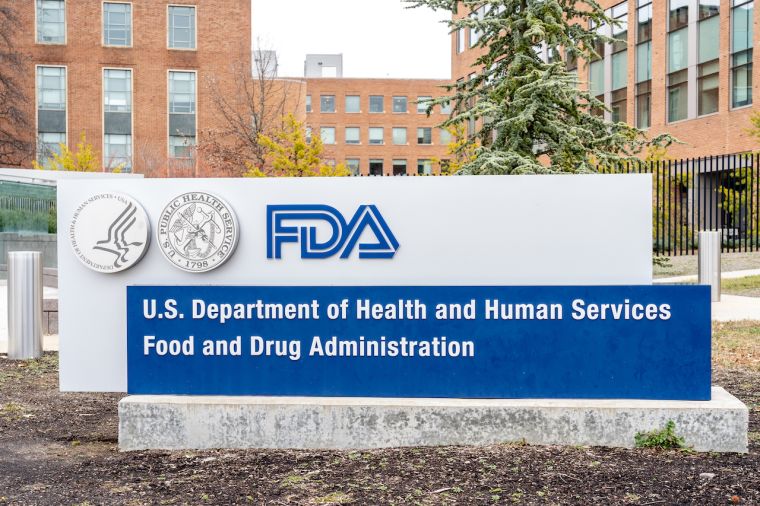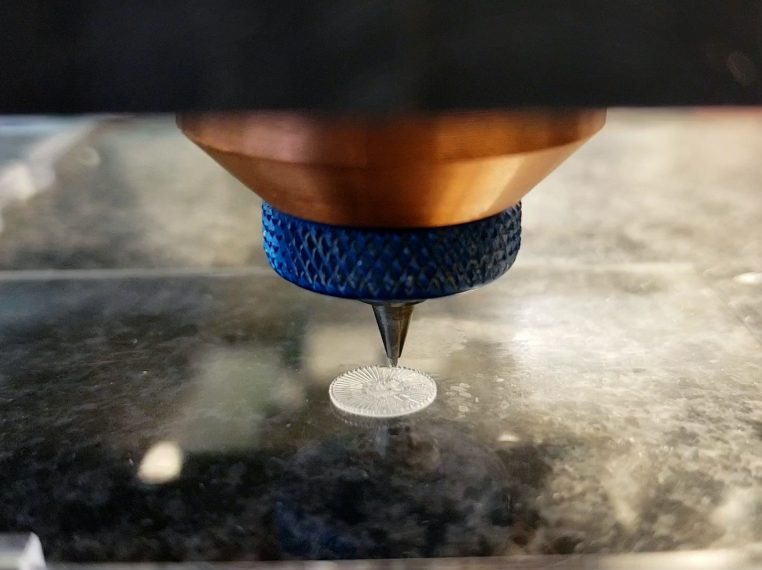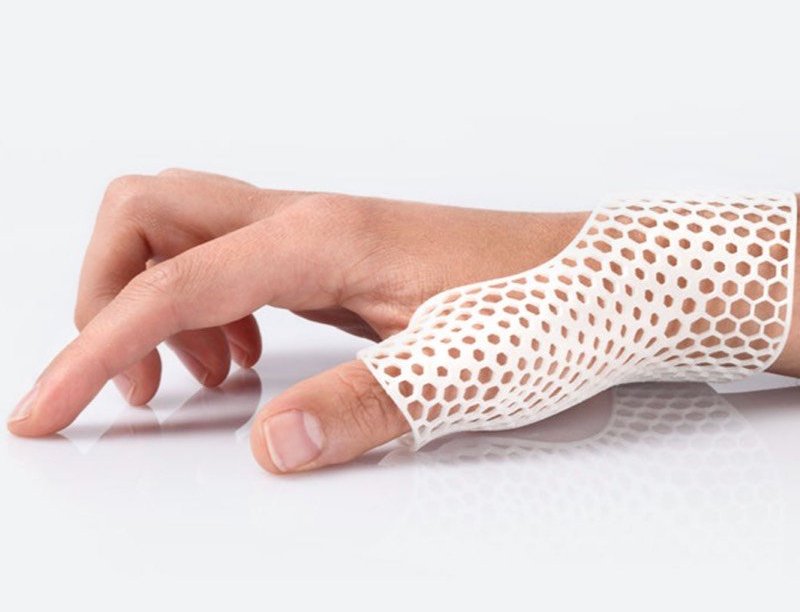The U.S. Food and Drug Administration (FDA) has issued a public call for comment on a future-proof regulatory framework it’s designing to ensure the quality of 3D printed medical devices.
Published in the form of a discussion paper, the FDA document not only outlines how point of care 3D printing is governed, but identifies challenges to its end-use and offers a revised potential ruleset. Rather than serving as guidance, the FDA says these suggestions are meant to “pose questions,” thus it’s now requesting feedback from the medical 3D printing industry that will help inform future regulation.
“The 3D printing of medical devices is at the forefront of innovation and health care,” said William Maisel and Ed Margerrison of the FDA’s OSEL and CDRH divisions. “The discussion paper we’re sharing today provides insight into our perspective of the benefits and challenges of 3D printing at hospitals and other points of care, and presents a potential approach for regulatory oversight.”

A medtech call to action
According to the FDA, the adoption of 3D printing at hospitals and surgeries allows for the rapid production of patient-specific devices like anatomical models, as well as other point of care medical instruments. The body’s paper also highlights the technology’s role in helping get around supply chain issues, such as the shortage of COVID-19 gear seen across the world during the pandemic’s early stages.
At present, such 3D printed medical devices are policed by the FD&C Act, with the FDA’s paper focused on those where the Center for Devices and Radiological Health (CDRH) holds jurisdiction over their regulation. In the past, the legislation has been used to clear everything from Onkos Surgical’s 3D printed BioGrip collars to Desktop Metal’s Flexcera Base resins, paving the way for their clinical adoption.
However, the FDA’s paper also accepts the existence of challenges to the wider roll-out of such devices at scale, including the fact that providers are unlikely to have the same level of production knowledge as traditional manufacturers. Therefore, to ensure instruments remain safe and fit for purpose, it’s now seeking the feedback of the latter on what it calls an “initial outline for a regulatory approach.”

Triggering a medical AM debate
Within its discussion paper, the FDA underlines how differences between a 3D printer manufacturer’s and point of care device producer’s technologies and training can lead to varying end-product quality. These mismatches range from aspects like internal processes and clinical practise guidelines, right through to the availability of post-processing equipment, which can be safety-critical in certain cases.
To get around these potential pitfalls, the body has outlined a five-step basis on which a revised approach to regulating point of care 3D printed devices can be built. Overall, the FDA has emphasized that it intends to “employ a risk-based approach” to the process, taking into account that some healthcare providers may not be capable of managing these dangers alongside their daily duties.
The organization also says that changes in the location of a device’s manufacture shouldn’t affect its ability to meet specifications, while training should be in place by the time clinicians adopt any advanced technology. Interestingly, the FDA has called for the “least burdensome approach” to achieving this as well, and suggests that “relying on existing standards and processes” could be key in this respect.
To further stimulate debate about what future regulation could look like, the FDA has added three hypotheticals to its paper, which it’s now encouraging a public response to. In the first of these, a healthcare provider installs a 3D printer on-site, in the second, the hospital or surgery adopts related processes too, and in the last, a nearby service bureau is contracted to produce medical devices and deliver them.

Each situation, in the eyes of the FDA, raises questions surrounding the reporting of adverse effects, how changes in design can be accommodated for in regulatory terms and which devices can be categorized ‘low-risk.’ In addition to these twelve related questions, the paper also poses additional discussion points, including room for feedback on the future use of 3D printing to produce COVID-19 equipment.
Ultimately the FDA says that “communication among all stakeholders” is key to “creating an environment for technological growth and development.” Although the agency agrees that this work is now underway, it adds that 3D printing is advancing so rapidly that current regulation may not be suitable in years to come, thus it aims to create a revised rule set which “balances innovation with regulatory oversight.”
“Importantly, the release of this discussion paper is intended to foster discussion and solicit feedback from the public,” conclude Maisel and Margerrison. “This feedback will help build the foundation for an appropriate regulatory approach for 3D printing at the point of care, personalized care for patients and new innovations in this area.”
Those interested in reading the FDA’s discussion paper in full and contributing to its call for feedback, can do so here. The initiative is set to run for 60 days until February 7, 2022, and while the organization hasn’t provided a publication date for the results, it says it “expects to publish draft and final guidance on this topic in the future.”
To stay up to date with the latest 3D printing news, don’t forget to subscribe to the 3D Printing Industry newsletter or follow us on Twitter or liking our page on Facebook.
For a deeper dive into additive manufacturing, you can now subscribe to our Youtube channel, featuring discussion, debriefs, and shots of 3D printing in-action.
Are you looking for a job in the additive manufacturing industry? Visit 3D Printing Jobs for a selection of roles in the industry.
Featured image shows a sign outside FDA headquarters. Photo via the University of Oxford.



